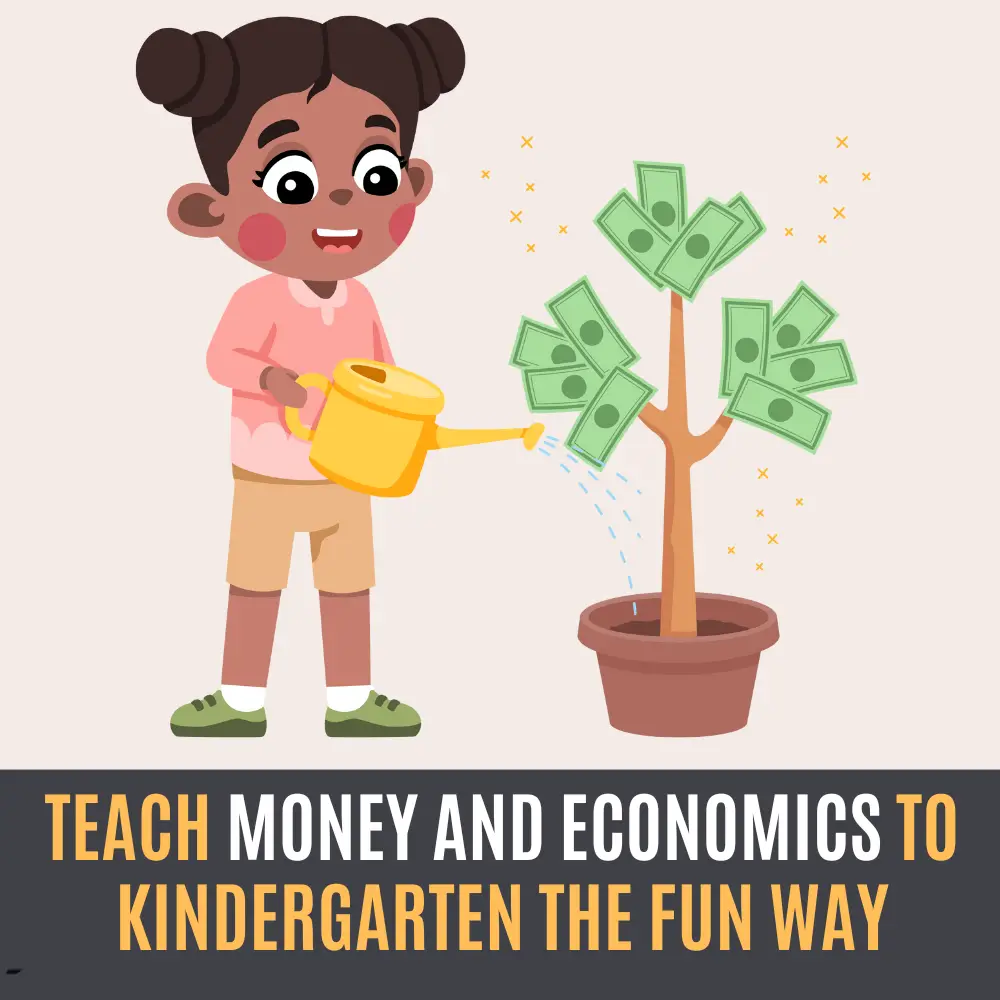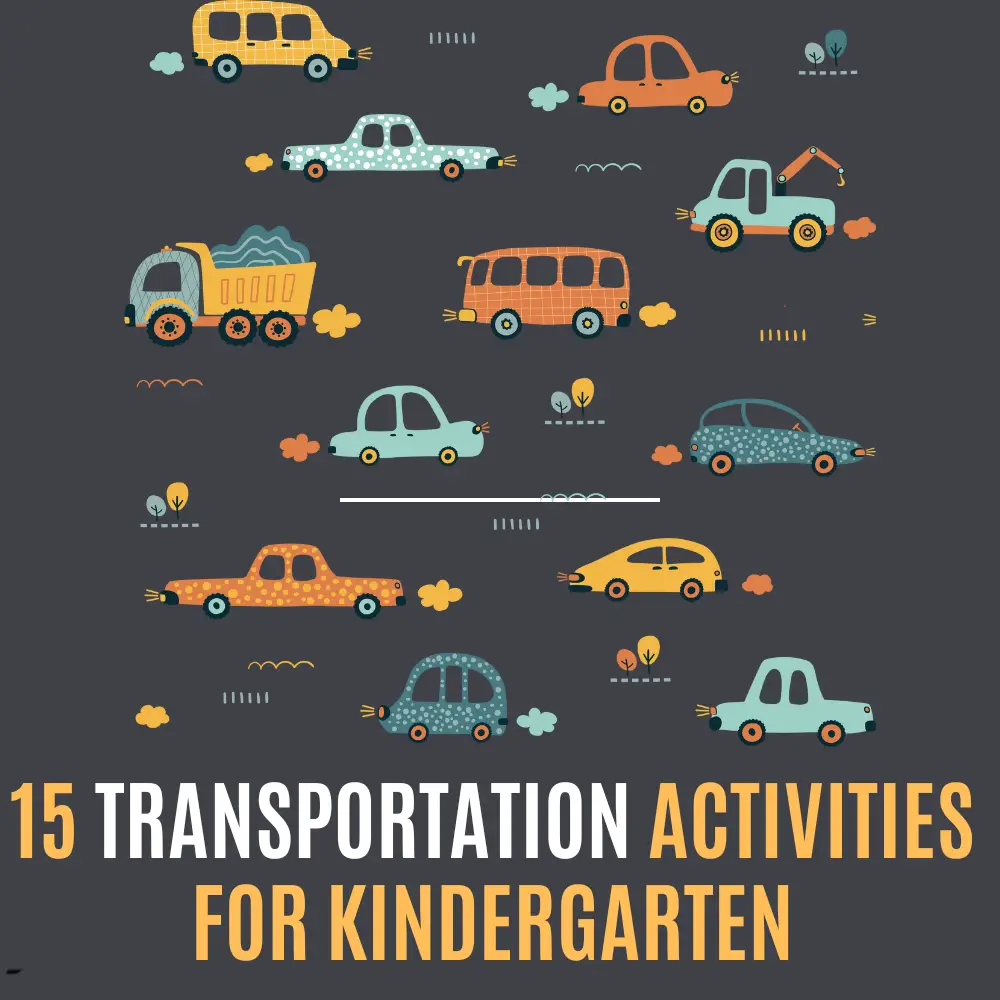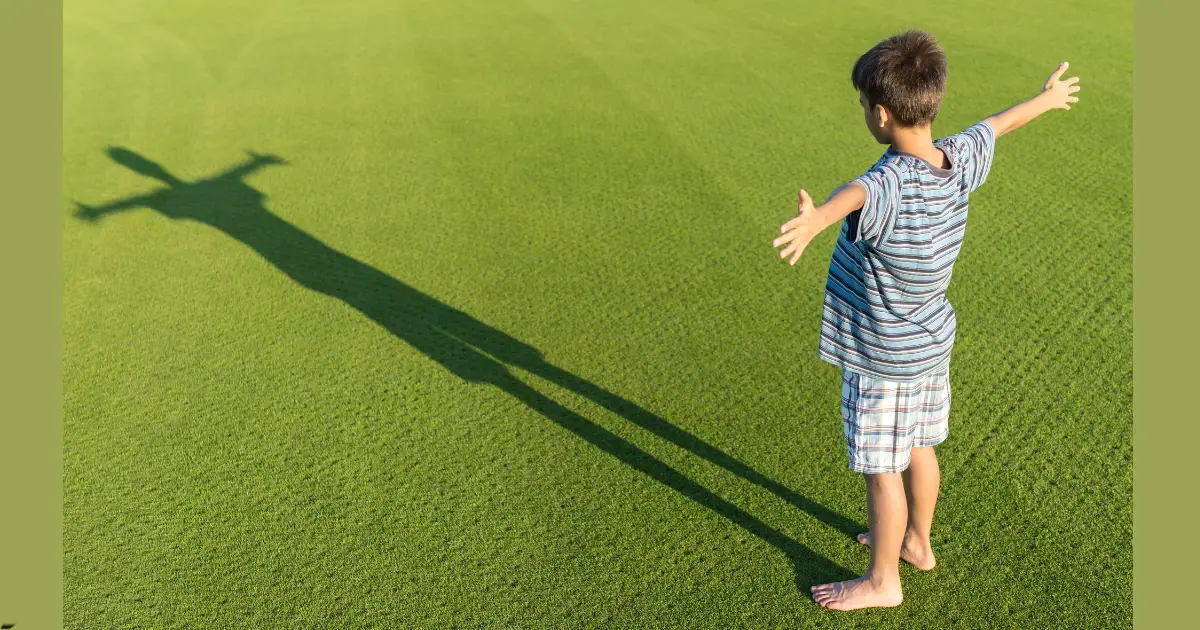15 Fun Social Emotional Activities for Kindergarten
Emotions and feelings activities for kindergarten are a great way to help young kids understand what they’re feeling, name their emotions, and learn how to express them in healthy ways. Whether they’re feeling happy, sad, excited, or frustrated, kids benefit from simple activities that build emotional awareness.

In this post, you’ll find 15 Fun Social Emotional Activities for Kindergarten, fun, hands-on, and low-prep activities perfect for 5–6-year-olds, along with vocabulary words, worksheet ideas, and answers to common questions. These activities are great for classrooms or home and need minimal prep!
Why Teach Emotions and Feelings at a Young Age?
These 15 Fun Social Emotional Activities for Kindergarten provide engaging ways for children to explore their feelings and develop emotional intelligence.
Understanding emotions is a big part of a child’s social and emotional development. When children can recognize and talk about their feelings, they’re better at making friends, solving problems, and managing big emotions like anger or disappointment.
15 Easy & Fun Emotions and Feelings Activities for Kindergarten
1. Make Emotion Face Drawings 🎨
📌 Objective: Help kids recognize and express different emotions through drawing.
🔹 Materials: Paper, crayons or markers.
📝 Instructions:
- Ask kids to draw a face showing how they feel today.
- Then have them draw faces showing other emotions like happy, sad, angry, etc.
🎯 Learning Outcome: Kids learn to identify and represent different emotions through facial expressions.
2. Play Feelings Charades 🎭
📌 Objective: Practice identifying emotions using body language and expressions.
🔹 Materials: Emotion cards or just ideas in your head.
📝 Instructions:
- A child acts out a feeling (e.g., excited, tired) without using words.
- Others guess the emotion.
🎯 Learning Outcome: Kids develop empathy and learn to read emotional cues.
3. Create Emotion Story Stones 🪨
📌 Objective: Encourage storytelling and emotional expression.
🔹 Materials: Small stones, paint or permanent markers.
📝 Instructions:
- Paint or draw different faces on stones to represent emotions.
- Use the stones during story time to explore characters’ feelings.
🎯 Learning Outcome: Kids understand emotions through narrative and visual prompts.
4. Match Feelings with Faces 🧩
📌 Objective: Match expressions to their corresponding emotion words.
🔹 Materials: Emotion cards with faces and separate cards with words.
📝 Instructions:
- Mix up the cards and let kids match pictures to the correct feeling word.
🎯 Learning Outcome: Kids improve word recognition and emotional vocabulary.
5. Make a Mood Weather Chart ☀️🌧️
📌 Objective: Help kids check in with their emotions daily.
🔹 Materials: Poster board, emotion symbols, Velcro or magnets.
📝 Instructions:
- Assign weather types to moods (sunny = happy, cloudy = tired, etc.).
- Let kids move their marker to show how they feel each morning.
🎯 Learning Outcome: Kids learn self-awareness and emotional expression.
6. Mirror Facial Expressions Game 🪞
📌 Objective: Recognize and replicate different emotions.
🔹 Materials: Hand mirrors.
📝 Instructions:
- Say an emotion and let kids make that face in the mirror.
- Ask questions like “What makes you feel that way?”
🎯 Learning Outcome: Kids build awareness of how feelings show on the face.
7. Make a Feelings Art Collage ✂️
📌 Objective: Use art to explore and identify emotions.
🔹 Materials: Old magazines, glue, scissors, large paper.
📝 Instructions:
- Let kids cut out images of people showing emotions.
- Glue them onto paper and label the emotions together.
🎯 Learning Outcome: Kids connect images and feelings through hands-on art.
8. Emotion Sorting Game 🧠
📌 Objective: Categorize emotions as positive or challenging.
🔹 Materials: Emotion cards or emotion name slips.
📝 Instructions:
- Place two baskets labeled “Happy Feelings” and “Sad/Angry Feelings.”
- Let kids sort the cards into the correct basket.
🎯 Learning Outcome: Kids learn to group emotions and understand emotional categories.
9. Make a Calm Down Bottle 🧴
📌 Objective: Teach a self-regulation strategy for big feelings.
🔹 Materials: Clear plastic bottle, glitter, water, glue.
📝 Instructions:
- Fill the bottle with water and glitter.
- Seal it and shake it to watch the glitter swirl and settle.
🎯 Learning Outcome: Kids learn calming strategies during emotional moments.
10. Story Time Emotion Hunt 📚
📌 Objective: Recognize emotions in characters during story time.
🔹 Materials: Any picture book.
📝 Instructions:
- Read a story and pause to ask, “How do you think they feel now?”
- Talk about what happened to cause the feeling.
🎯 Learning Outcome: Kids practice emotional awareness and empathy.
11. Create an Emotion Wheel Spinner 🎡
📌 Objective: Help kids name and talk about different emotions.
🔹 Materials: Cardboard or paper plate, markers, brad pin.
📝 Instructions:
- Divide the wheel into emotion sections (happy, sad, angry, etc.).
- Let kids spin it and share a time they felt that way.
🎯 Learning Outcome: Kids learn to identify and verbalize feelings.
12. Put on a Feelings Puppet Show 🧵
📌 Objective: Role-play emotions in a safe and playful way.
🔹 Materials: Sock or paper bag puppets, markers, paper.
📝 Instructions:
- Use puppets to act out short emotion-based stories.
- Let kids create their own scenes showing different feelings.
🎯 Learning Outcome: Kids build communication skills and explore emotions creatively.
13. Make a My Feelings Book 📘
📌 Objective: Help kids reflect on emotions through art and storytelling.
🔹 Materials: Paper, stapler, crayons or markers.
📝 Instructions:
- Each page represents one emotion.
- Kids draw or write something that makes them feel that way.
🎯 Learning Outcome: Kids gain emotional vocabulary and personal reflection skills.
14. Go on a Feelings Walk 🚶♂️
📌 Objective: Connect emotions to real-world situations.
🔹 Materials: None, just your imagination and the environment.
📝 Instructions:
- Walk around the playground or school.
- Stop and say a feeling (“Excited!”) and ask, “What makes you feel that way?”
🎯 Learning Outcome: Kids learn emotional awareness through movement and conversation.
15. Emotions Color Code Activity 🎨
📌 Objective: Connect emotions to colors for visual expression.
🔹 Materials: Paper, crayons or markers.
📝 Instructions:
- Assign a color to each feeling (e.g., red = angry, yellow = happy).
- Let kids color a picture using only the colors they feel today.
🎯 Learning Outcome: Kids express emotions visually through color choices.
Vocabulary Words for Kids
Here are some simple and age-appropriate feelings words you can teach and use in your activities:
✅ Happy
✅ Sad
✅ Angry
✅ Scared
✅ Excited
✅ Surprised
✅ Tired
✅ Frustrated
✅ Nervous
✅ Calm
Printable Worksheets & Activities
🖍️ Draw the Feeling Face – A blank face kids can draw emotion expressions on.
📖 My Feelings Mini Book – Printable booklet with a page for each emotion.
🧩 Feelings Matching Cards – Match emotion words with illustrated facial expressions.
🌀 Calm Down Coloring Sheet – A coloring page with relaxing doodles and space to write how they feel.
📊 Daily Mood Tracker – Simple printable chart where kids color in their feelings each day.
FAQs About Emotions and Feelings for Kindergarten
Q: Why is it important to teach emotions to kindergarteners?
A: It helps kids manage big feelings, talk about their emotions, and build strong social skills.
Q: How can I help a child talk about their feelings?
A: Use tools like picture books, puppets, or simple questions like “What made you feel that way?” or “What color is your feeling today?”
Q: What if a child doesn’t want to talk about emotions?
A: That’s okay! Give them time and offer other ways to express themselves — like drawing, playing, or using a calm-down space.
Q: How do I deal with emotional outbursts in class?
A: Acknowledge the feeling (“It looks like you’re really upset”), stay calm, and help guide the child toward calming strategies like breathing or using a quiet corner.
🌟For more fun kindergarten activities, check out this page with tons of other engaging teaching ideas!






